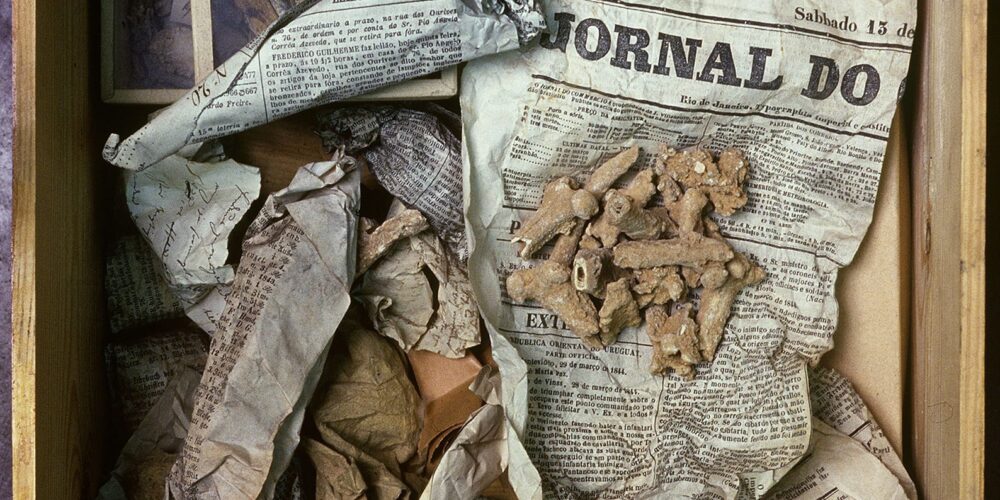Ancient owl vomit helps Curtin researchers unpack prehistoric bone secrets

Curtin University researchers studying one of the oldest collections of ancient animal bones in the world have used DNA still present in the bones to identify 17 animal species, including two rodents previously not known to be in the collection.
Lead researcher Dr Frederik Seersholm, PhD candidate from Curtin’s Trace and Environmental DNA (TrEnD) Laboratory at the School of Molecular and Life Sciences, said the research involved ancient bones collected during cave excavations done in Brazil in the 1800s by Danish naturalist P.W. Lund, who was famous for his description of giant prehistoric animals such as the South American saber-toothed cat and giant sloths.
“Lund decided to donate his entire fossil collection to the King of Denmark and in 1845 hundreds of wooden boxes of the bones were carried by mule from Lagoa Santa to the port of Rio de Janeiro, Brazil and shipped to Copenhagen,” Dr Seersholm said.
“Unfortunately for the collection, the king died in 1848 shortly after it arrived and the vast majority of the more than 100,000 ancient bone fragments were never formally described – until now.”
Dr Seersholm said the analysis, done in collaboration with the University of Copenhagen, demonstrated the potential for ancient DNA studies on P.W. Lund’s famous bone collection.
”In this study we show that even though the collection is old, and has had a very ‘rough’ life with long periods of terrible storage locations, DNA is still present in the bones,” Dr Seersholm said.
“This finding has tremendous implications for future studies of the collection, which holds thousands of ancient bones still to be analysed.
“By analysing 100 small bone fragments from P.W. Lund’s collection with carefully optimised ancient DNA methods, we were able to genetically identify 17 species, representing 11 mammals, two birds, one fish, and three frogs – and of these, two species of rodent that have never before been described in the collection.”
The researchers analysed samples of owl regurgitation excavated from caves by P.W. Lund in the 1840s and sequenced short DNA fragments to identify different species.
The study was undertaken by an international team led by Professor Morten Allentoft, also from Curtin’s TrEnD Lab at the School of Molecular and Life Sciences.
Professor Allentoft said the findings could suggest that the negative effects of poor storage conditions are negligible compared with the long-term DNA degradation that bone specimens undergo in the environment before excavation.
”So far, successful genetic research on the material collected by Lund has been limited to two samples of human skull bone, but with the identification of well-preserved DNA in even the smallest of bones from the collection, we now know that its potential for exciting ancient DNA research is much greater than anyone anticipated,” Professor Allentoft said.
“There is without doubt a great deal of information to be retrieved from the fragmented bones of P.W. Lund’s collection, and it is likely that the collection holds important future discoveries of extinct South American species.”
The study, ‘Ancient DNA preserved in small bone fragments from the P.W. Lund collection’, was published in journal ‘Ecology and Evolution’ and can be found online here.



